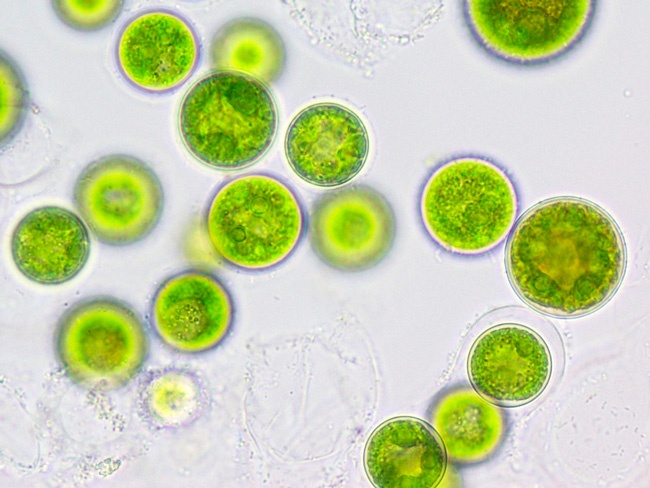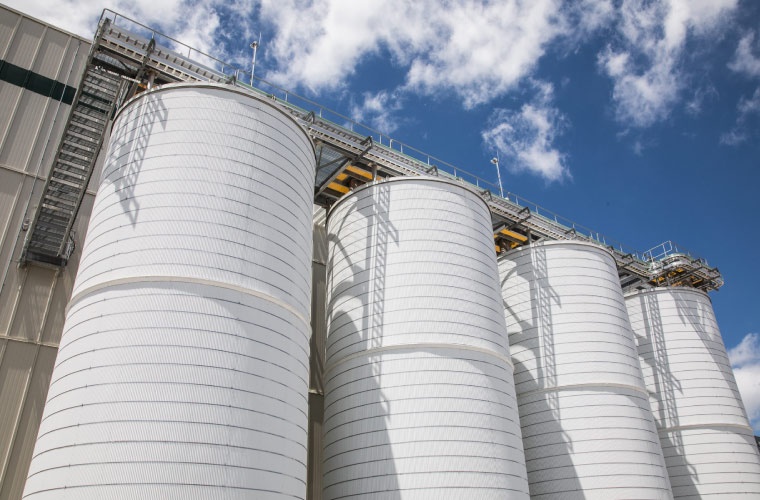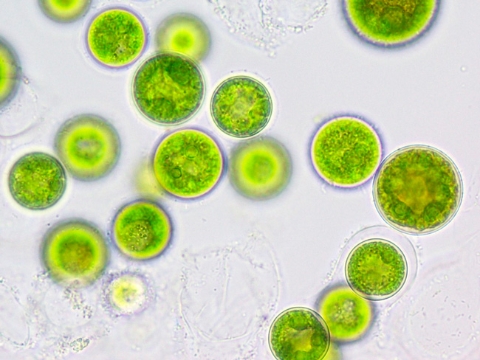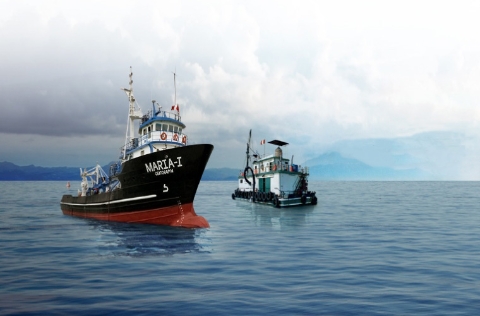
The global marine ingredients industry is approaching a historic tipping point. Aquaculture – already established as the planet’s main source of aquatic protein – depends critically on a stable supply of omega-3. However, ecological constraints and extreme vitality in fish oil markets are putting the sector’s expansion at risk.
In this context, the microalgae industry is emerging as the most robust alternative to correct this imbalance.
A new international analysis projects that global production of EPA- and DHA-rich algal oil will rise from 20,000 metric tonnes in 2025 to 36,000 tonnes in 2030, representing an 80% increase. This trend, outlined in the Algal Oil 2025 State of the Industry Report, marks a strategic decoupling between the future development of aquaculture and dependence of finite marine resources.
Pressure on the market is evident: while global demand for omega-3 is growing at an annual rate of 2.6%, the fish oil supply is rising by only 1.7%. This imbalance will generate an estimated 100,000-tonne deficit by 2030 – a particularly critical figure in a sector that consumes nearly 60% of all fish oil produced worldwide.
Once microalgae oil achieves full industrial scale, it is also expected to stabilize a market that has long been subject to extreme volatily. Between 2010 and 2022, the price of fish oil increased by 117%, and during intense El Niño episodes it surged by up to 80%, directly affecting production costs for key species such as salmon, trout and shrimp. This vulnerability is exacerbated by the high geographical concentration of supply: countries such as Peru account for between 25% and 30% of global fish oil output, exposing the entire market to any regional disruption.
Technological advances to drive the expansion of microalgae oil

The projected 80% growth in algal oil production by 2030 is underpinned by technological progress, new investment and the consolidation of commercial use. The main driver of this expansion is heterotrophic fermentation, a cultivation system in closed bioreactors that enables precise control of growth conditions and ensures consistent, scalable yields.
Unlike phototrophic methods – costlier and with higher capital requirements – heterotrophic production offers a far more competitive economic profile. Producing one tonne of EPA and DHA costs around USD 29,000, compared with USD 39,000 to 104,000 for phototrophic cultivation. Likewise, the investment needed to install industrial capacity is significantly lower: around USD 96,000 per annual tonne, well below the USD 360,000 to 600,000 required for photobioreactors.
This combination of efficiency, scalability and cost optimization has established heterotrophic fermentation as the cornerstone of the industrial expansion of algal oil, confirming it as the most viable and strategic alternative to meet the growing global demand for omega-3.



